Phosphorus in sewage water supply management has brought a lot of pressure, and more efficient phosphorus removal is urgent.
1、 Chemical phosphorus removal
At present, the methods for phosphorus removal in urban sewage include biological phosphorus removal, chemical phosphorus removal, and a combination of biological and chemical treatment methods. Biological phosphorus removal process is a relatively economical method, but due to the contradiction between denitrification and phosphorus removal processes in terms of sludge age, carbon source, etc., the effluent TP concentration is relatively unstable and even cannot meet the national emission standards. Therefore, when biological phosphorus removal cannot meet the emission standards, chemical agents are often used to enhance phosphorus removal. Chemical phosphorus removal mainly involves adding inorganic metal salt agents to wastewater to react with soluble salts (such as phosphates) in the wastewater, generating granular and insoluble substances. The common chemical phosphorus removal agents are mainly metal salt agents and calcium hydroxide. Due to economic considerations, the metal salt agents used for phosphorus precipitation are mainly Fe salts, Fe salts, and Al salts. This article takes polyaluminum chloride (PAC) as the research object and explores its use in wastewater treatment.
2、 The use of polyaluminum chloride in wastewater treatment
1. Background
Wenzhou Xipian Sewage Treatment Plant has a total wastewater treatment capacity of 250000 m3/d. The wastewater treatment process for the first phase of the project upgrade is "CAST-MBBR+magnetic sedimentation tank+fiber rotary disc filter tank"; The wastewater treatment process for the Phase II expansion project includes a multi-stage A/0 (improved A2/O) biological tank, a rectangular perimeter inlet and outlet secondary sedimentation tank, a magnetic sedimentation tank, and a fiber to adsorption colloid like substance and fine suspended particles.
A1Cl+KPO → AlPO ↓+3KCl (1)
Al+30H → Al (OH) ↓ (2)
3. Calculation of the dosage of polyaluminum chloride
Taking Wenzhou Xipian Sewage Treatment Plant as an example, the total scale of wastewater treatment in the plant is 250000 m3/d, and the influent TP concentration is 1.5 mg/L. According to the first level A discharge standard for urban sewage, the effluent TP concentration should be less than 0.5 mg/L. The PAC reagent has been tested by the laboratory and its A1 content is 5.32%. The PAC agent density is 1.12kg/L. When chemical precipitation is used for phosphorus removal, 1mol of aluminum consumes 1mol of phosphorus, which means that removing 1g of phosphorus requires 0.87g of aluminum. In reality, the reaction is not 100% carried out. For example, metal ions and OH will compete to form hydroxides. Therefore, the actual dosage needs to be exceeded to ensure that the effluent concentration meets the standard. Germany proposed the addition coefficient during calculation β The concept of addition coefficient is influenced by multiple factors, and under optimal conditions, β= 1; Under non optimal conditions, β= 2 to 3 or higher, determined through dosing tests during actual dosing.
P load=25000m/d × (0.0015-0.0005) kg/m=250kg/d dosing coefficient β The required amount of Al for 2.5 as an example is: 2.5 × (27/31) × 250 kg/d=543.75 kg/d, converted to PAC dosage: 543.75 kg/d ÷ 5.32%~10220 kg/d, converted to PAC volume: 10220 kg/d ÷ 1.12 kg/L=9125 L/d
4. The optimal dosage of polyaluminum chloride in practical use
Based on the actual situation of the sewage treatment plant, conduct the following small-scale experiments. Take 1mL of LPAC reagent and dilute it in a 100mL volumetric flask. Take 6 500mL beakers, add 500mL of water separately, and measure the TP of the water. Add 40mg of magnetic powder and 0.15% concentration of PAMO.3mL to each beaker. By calculation, calculate the volume of PAC diluent that should be added under different dosing coefficients. Add the corresponding diluent to each beaker and stir. After settling, take the supernatant and measure the water TP. The specific values are shown in Table 1. It can be seen from Table 1 that when the addition coefficient β= At 5 o'clock, the total phosphorus in the effluent basically reached the first level A effluent standard, and the effluent concentration was 0.5mg/L. Due to the combination of biological and chemical phosphorus removal processes in the phosphorus removal process of the plant, during the biological phosphorus removal process, phosphorus accumulating microorganisms release phosphorus under anaerobic conditions, absorb phosphorus under aerobic conditions, and then discharge it from the sludge, achieving partial phosphorus removal effect. Therefore, the addition coefficient of PAC β= At 5 o'clock, it can stably meet the effluent requirements. The corresponding PAC dosage is about 21t/d.
3、 Summary
PAC has a significant effect on the removal of total phosphorus. When the dosage coefficient of the sewage treatment plant is 5, it can meet the required effluent standard, and the dosage of PAC used is 21t/d. Due to the influence of the corresponding influent on the removal rate of total phosphorus, when the influent total phosphorus concentration is outdated, the addition coefficient can be adjusted appropriately based on this small-scale experiment to meet the effluent discharge standards.
Recommended Products
Hot News
-
VCI: Chemical production and sales in Germany will decrease in 2024.
2024-01-06
-
Magnesium is an indispensable component in modern industrial society and nature. Understanding and mastering the food chain of soil, plants, animals, and humans is very important.
2024-01-04
-
Phosphorus in sewage water supply management has brought a lot of pressure, and more efficient phosphorus removal is urgent.
2024-01-04
-
Sodium metabisulfite is a widely used food additive, which not only has a bleaching effect, but also has the following effects:
2024-01-04

 EN
EN
 AR
AR
 NL
NL
 HI
HI
 JA
JA
 KO
KO
 RU
RU
 TL
TL
 IW
IW
 ID
ID
 LV
LV
 LT
LT
 VI
VI
 TH
TH
 TR
TR
 AF
AF
 MS
MS
 BN
BN
 EO
EO
 LA
LA
 MN
MN
 SO
SO

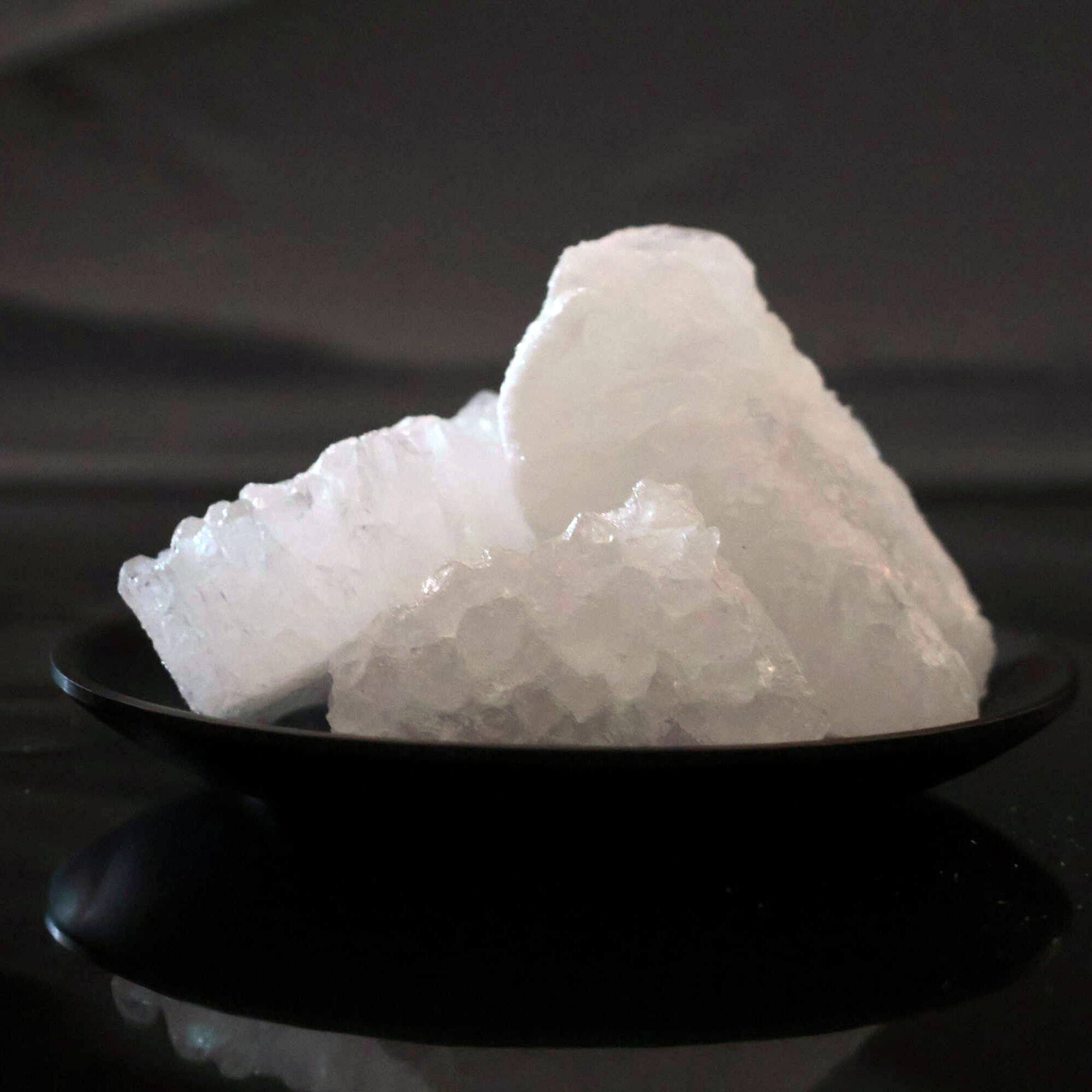
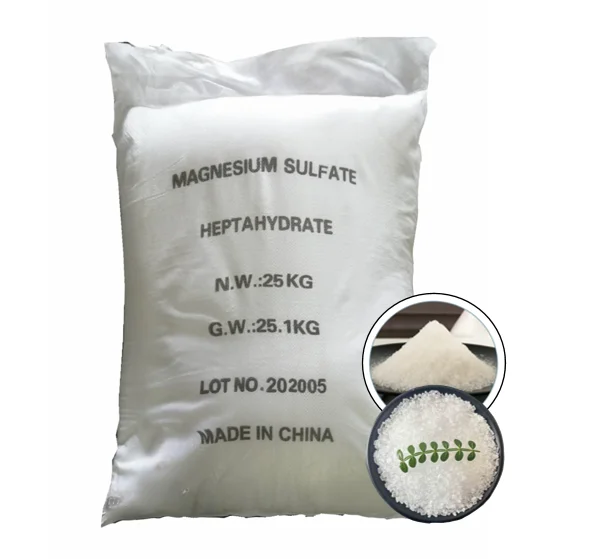
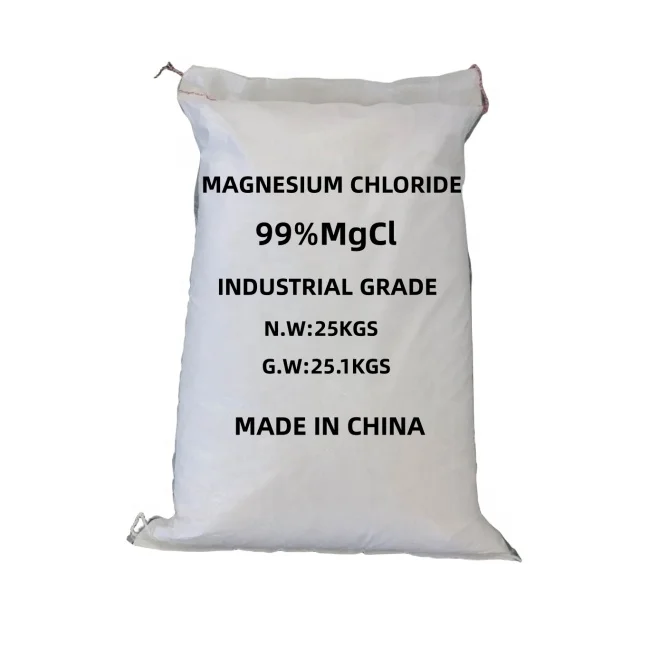
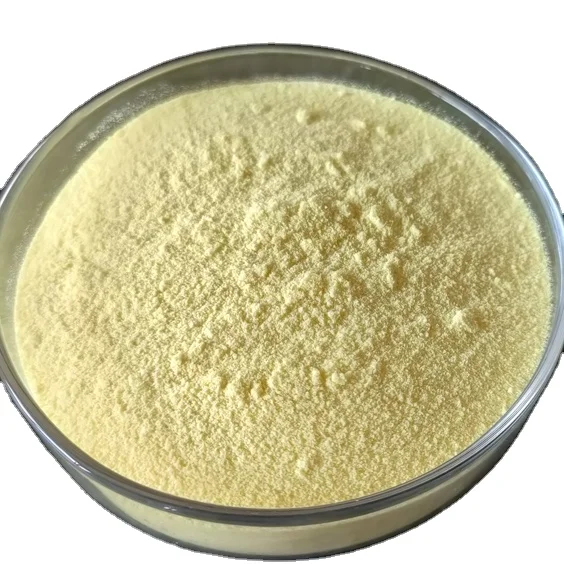
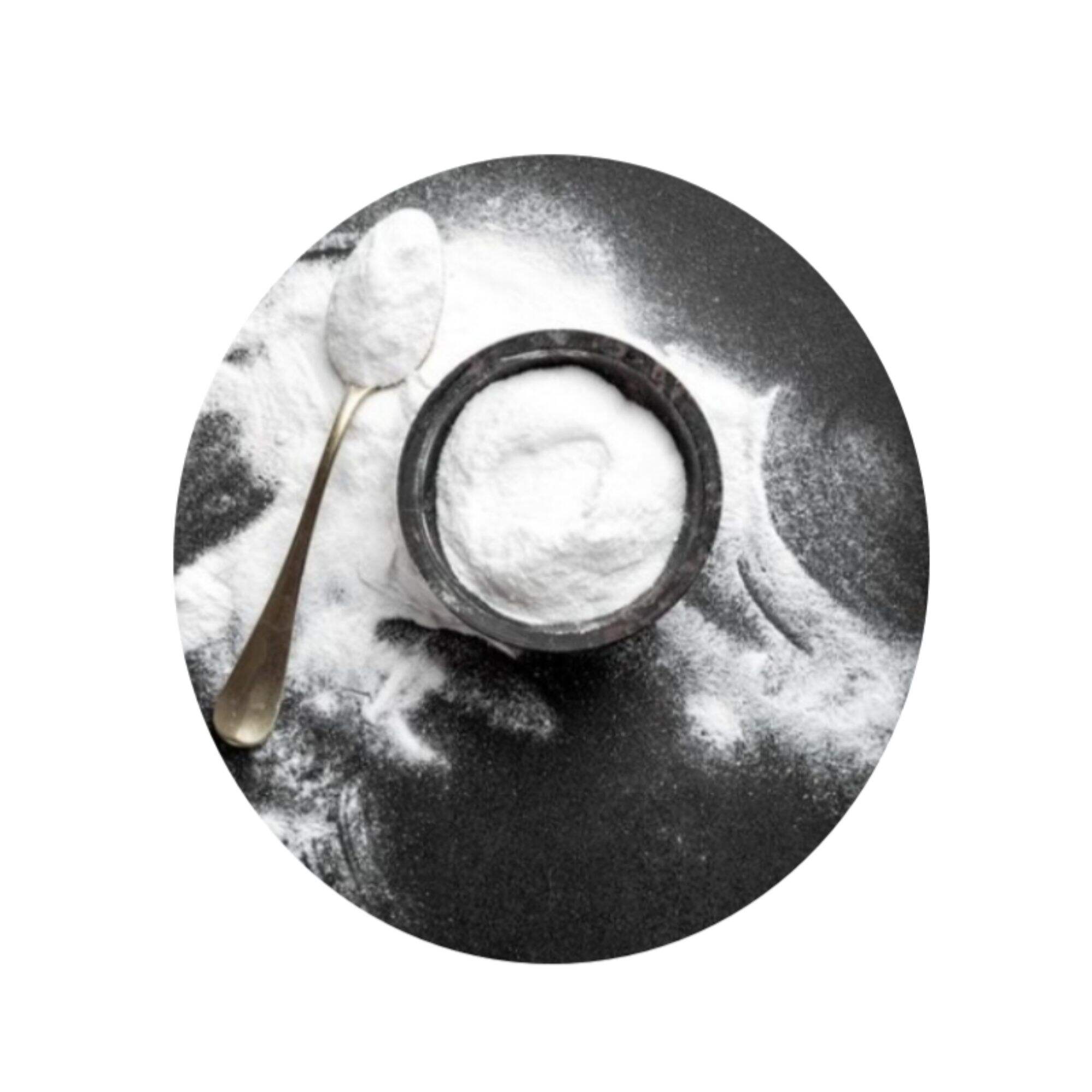
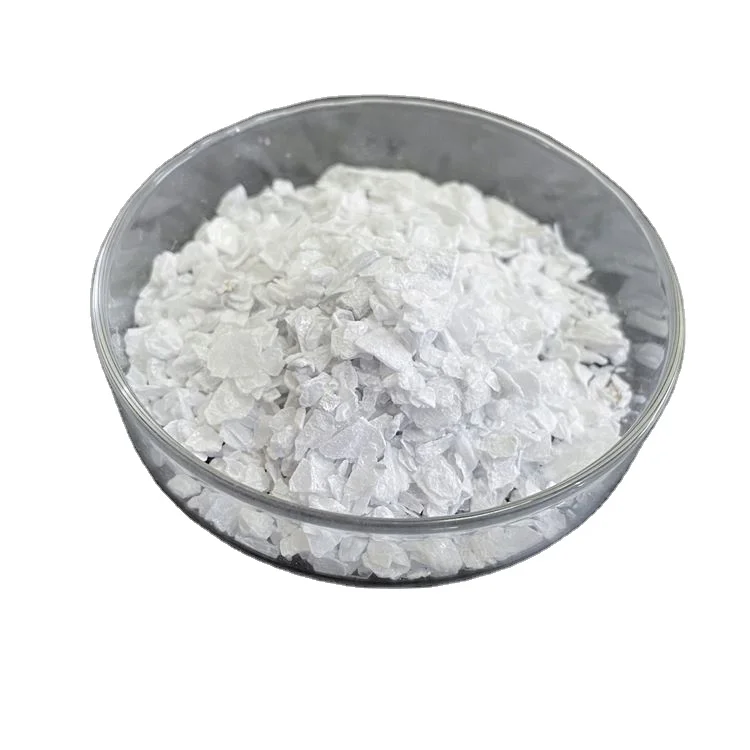
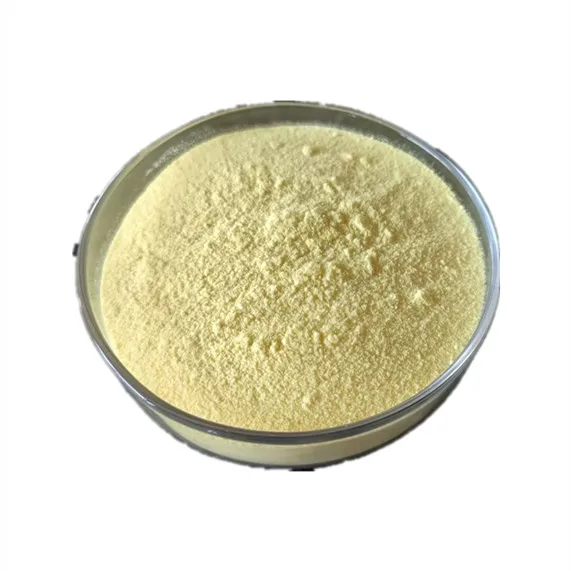
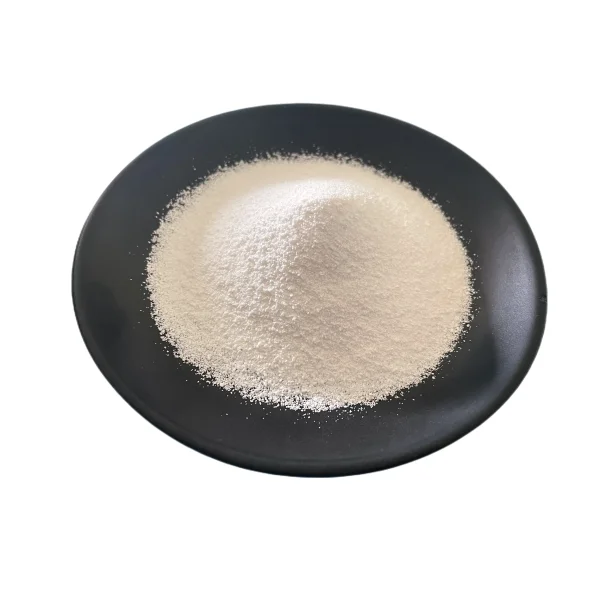
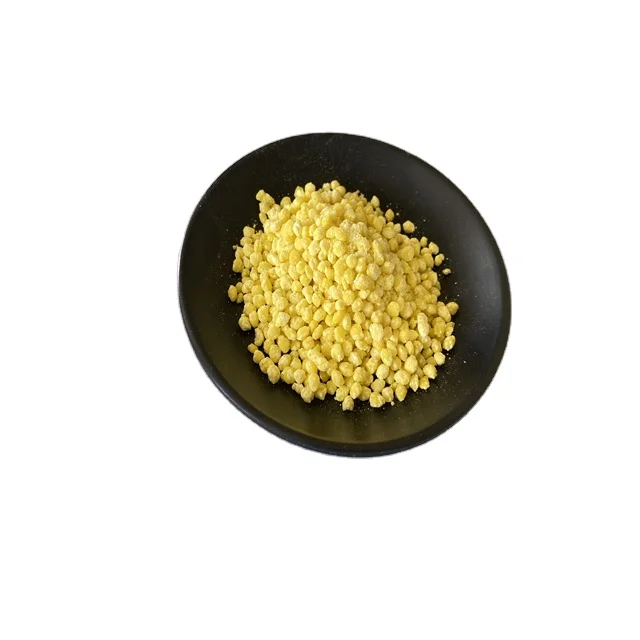
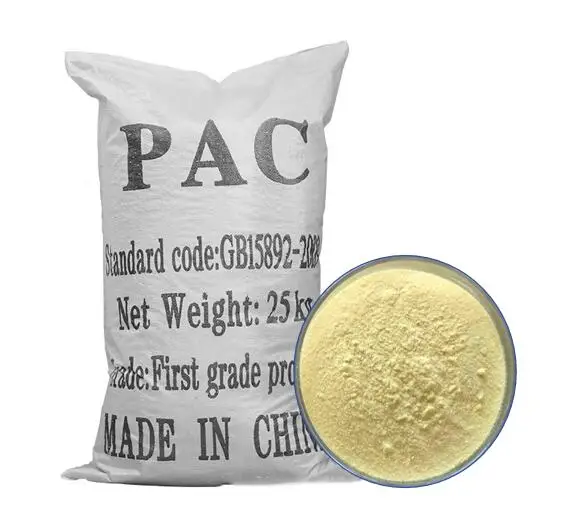
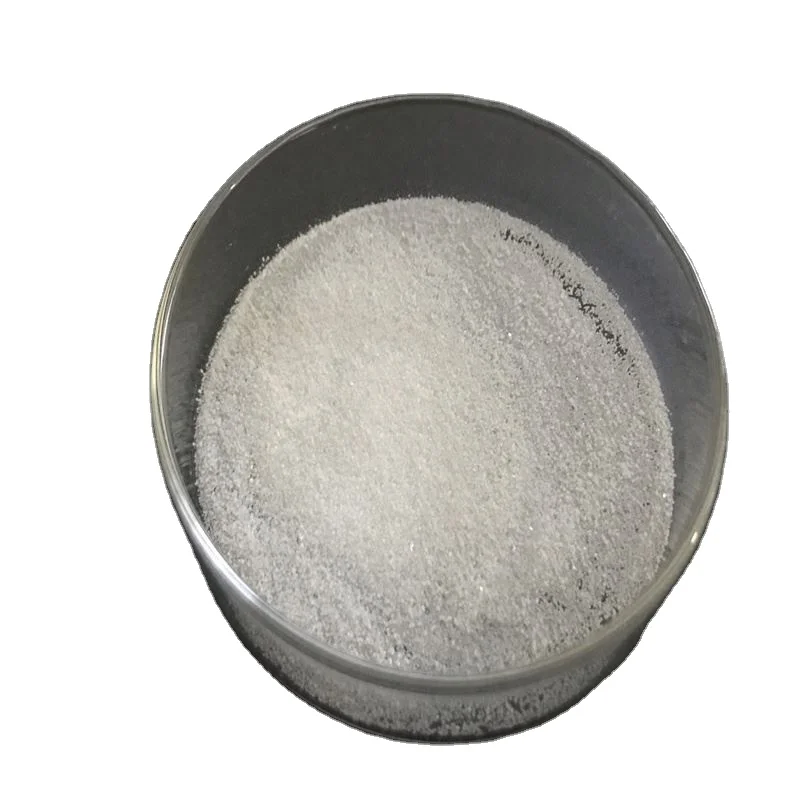
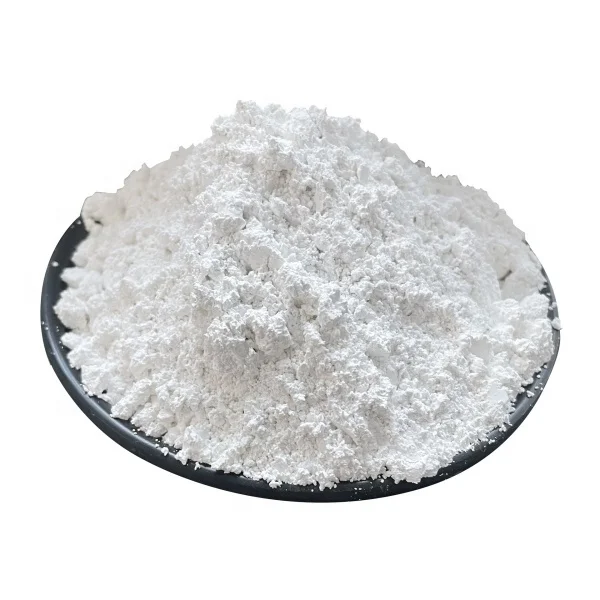
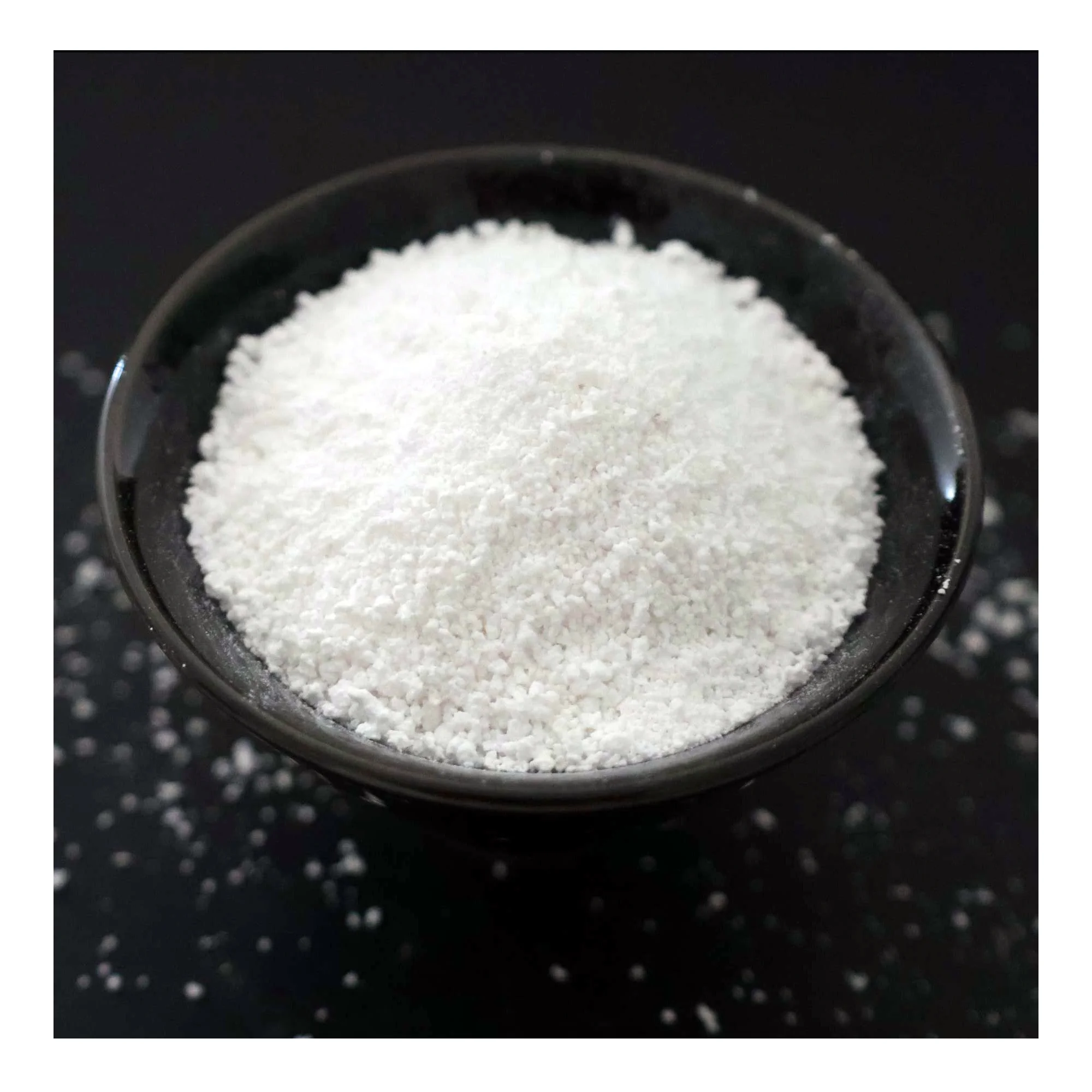
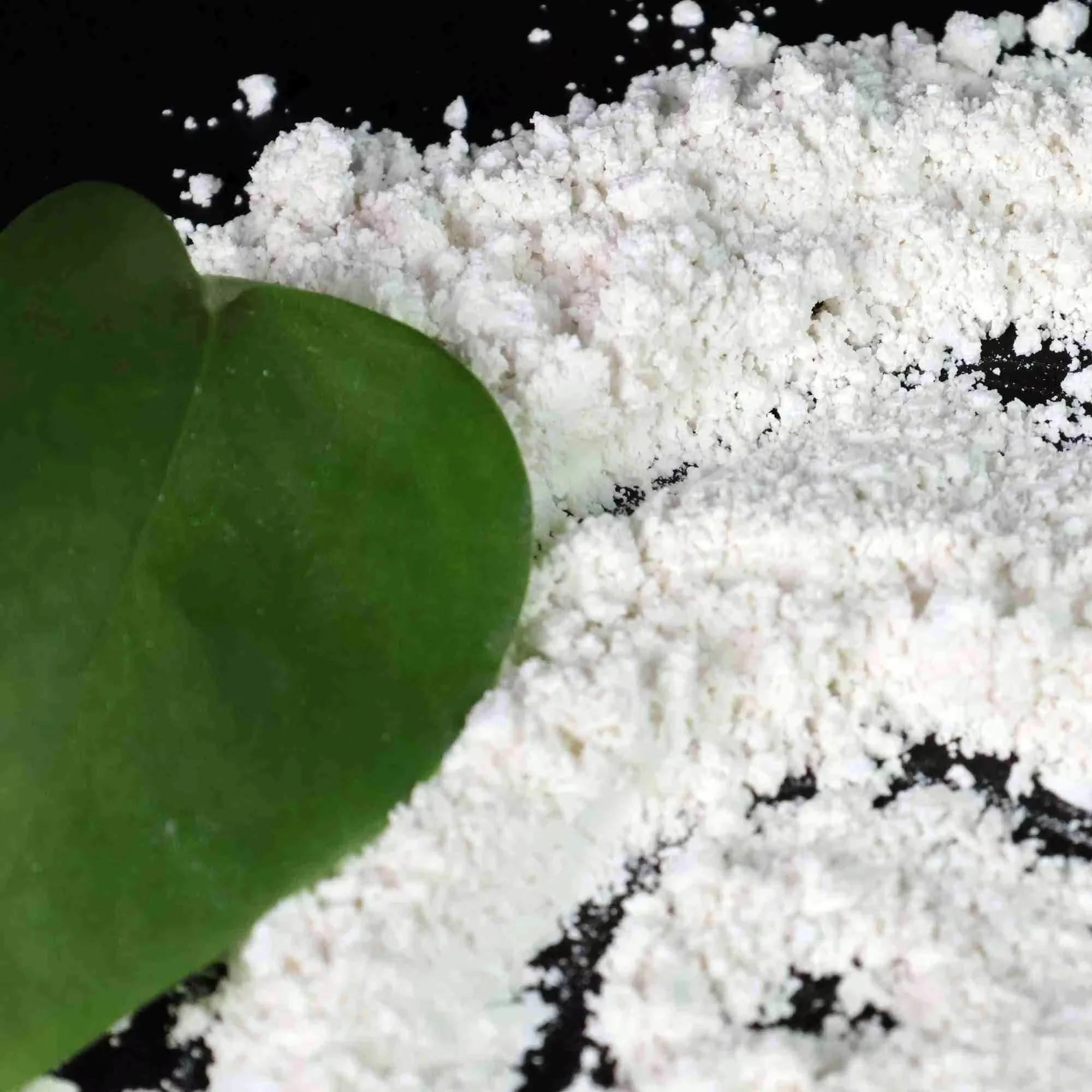
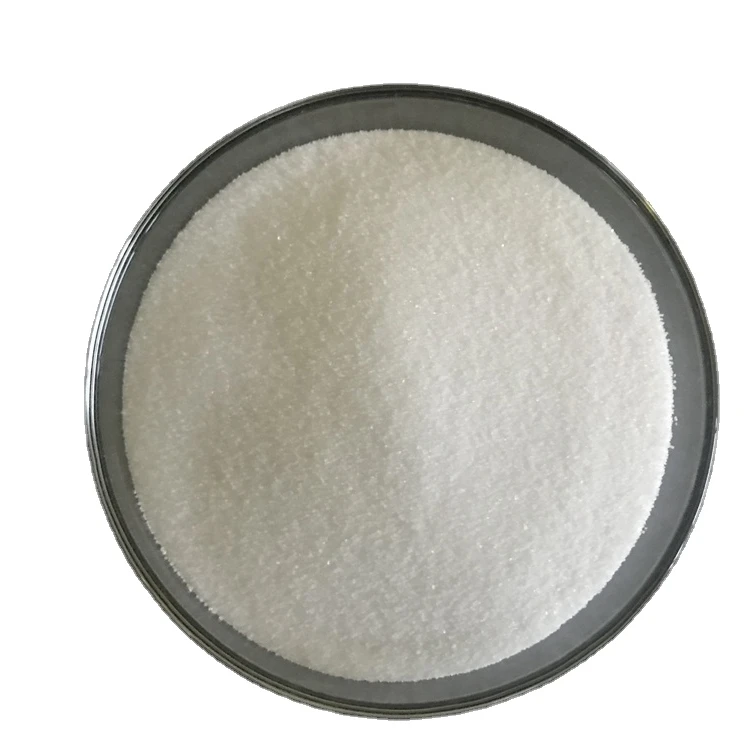
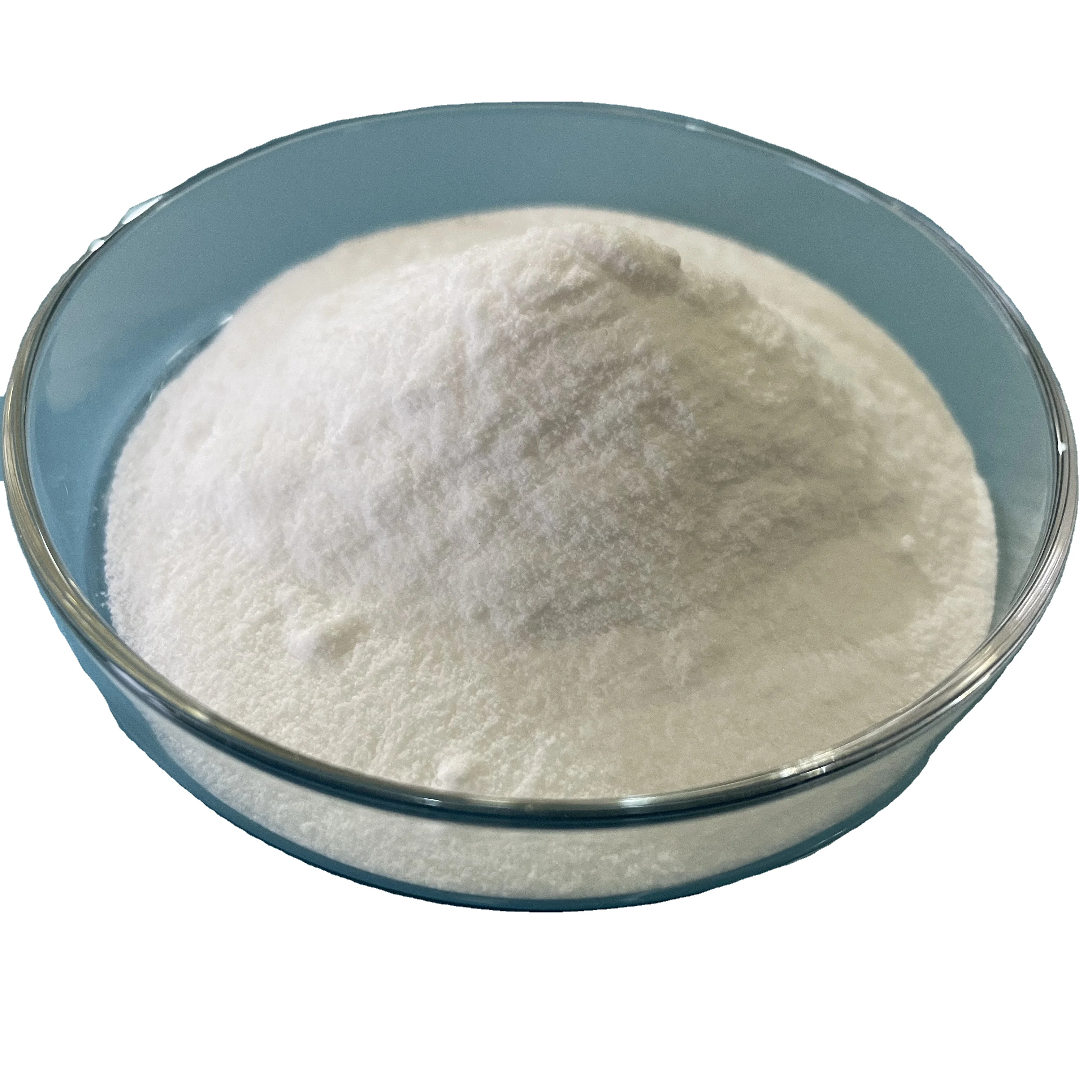
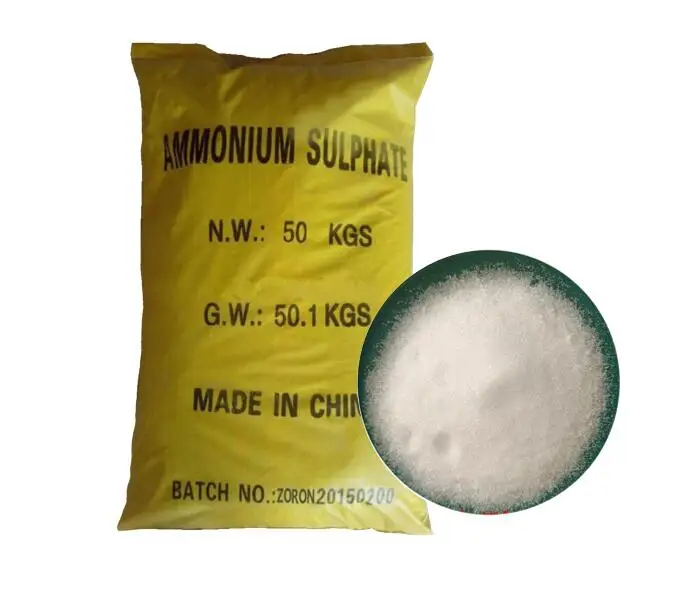
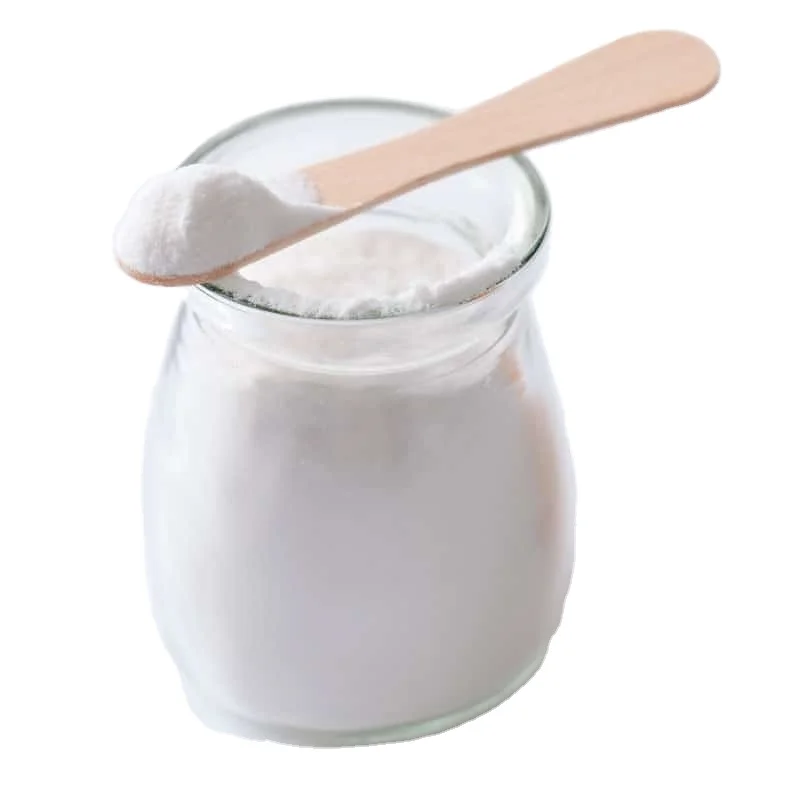


 ONLINE
ONLINE